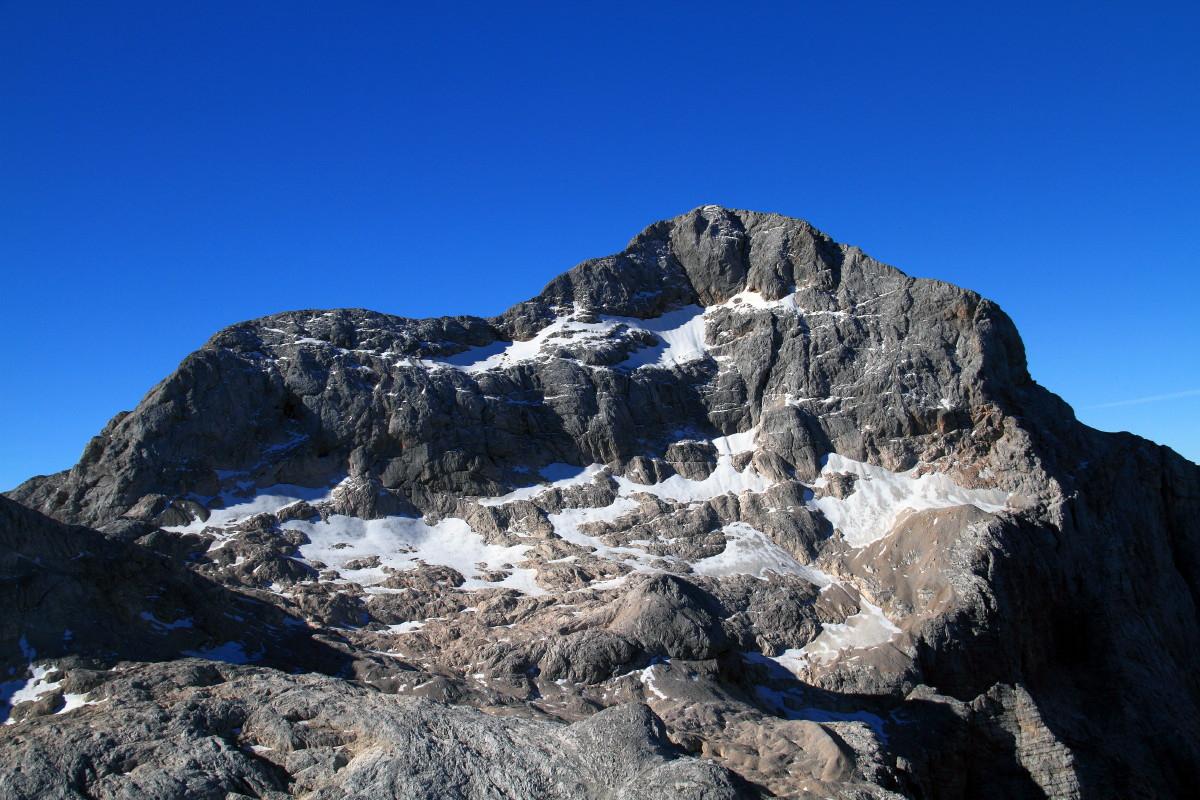The glacier, or to be precise, the glacial patch, is the remnant of the much larger former glacier. It is situated at the altitude between 2400 and 2500 metres above the sea level, close to the highest weather station in Slovenia, at Kredarica. 69 years ago, when the recording started, it measured over 15 hectares. The surface of the glacier was the smallest after the record hot summer of 2003, i.e. 0.7 hectares. Last year, after the end of the melting season, it measured only 3.6 hectares.
The Anton Melik Geographical Institute (Centre for Scientific Research of the Slovene Academy of Sciences and Arts – ZRC SAZU) and the Slovenian Environmental Agency (Arso) in their press release wrote that the quantity of snow in the last accumulation period (November – April) was below average. This means that the top layers of the snow cover from previous accumulation periods will disappear even before the end of this year melting period (May – October).
It means the glacier surface will be visible, which has not been the case since the melting period in 2007, the Institute explained. Since the beginning of this year the Triglav Glacier web camera allows observation of the glacier. The camera was installed at the auxiliary building of the Triglav mountain hut at Kredarica, as a part of the project Study of the Slovenian Glaciers.
The recorded air temperatures at Kredarica during these last weeks were extremely high. Arso reported that the first twenty days of this July were the warmest recorded during the period of operation of the weather station at Kredarica, by 1.5 degrees Celsius warmer than the record year 1010, and by whole five degrees Celsius warmer than a long-time average.



































































